All Videos
Clubhouse Conversations — Da 5 Bloods
Interviewer Seamus McGarvey, ASC, BSC talks to cinematographer Newton Thomas Sigel, ASC and writer-director Spike Lee about their powerful drama depicting the continuing trauma created by racial injustice and the Vietnam War.
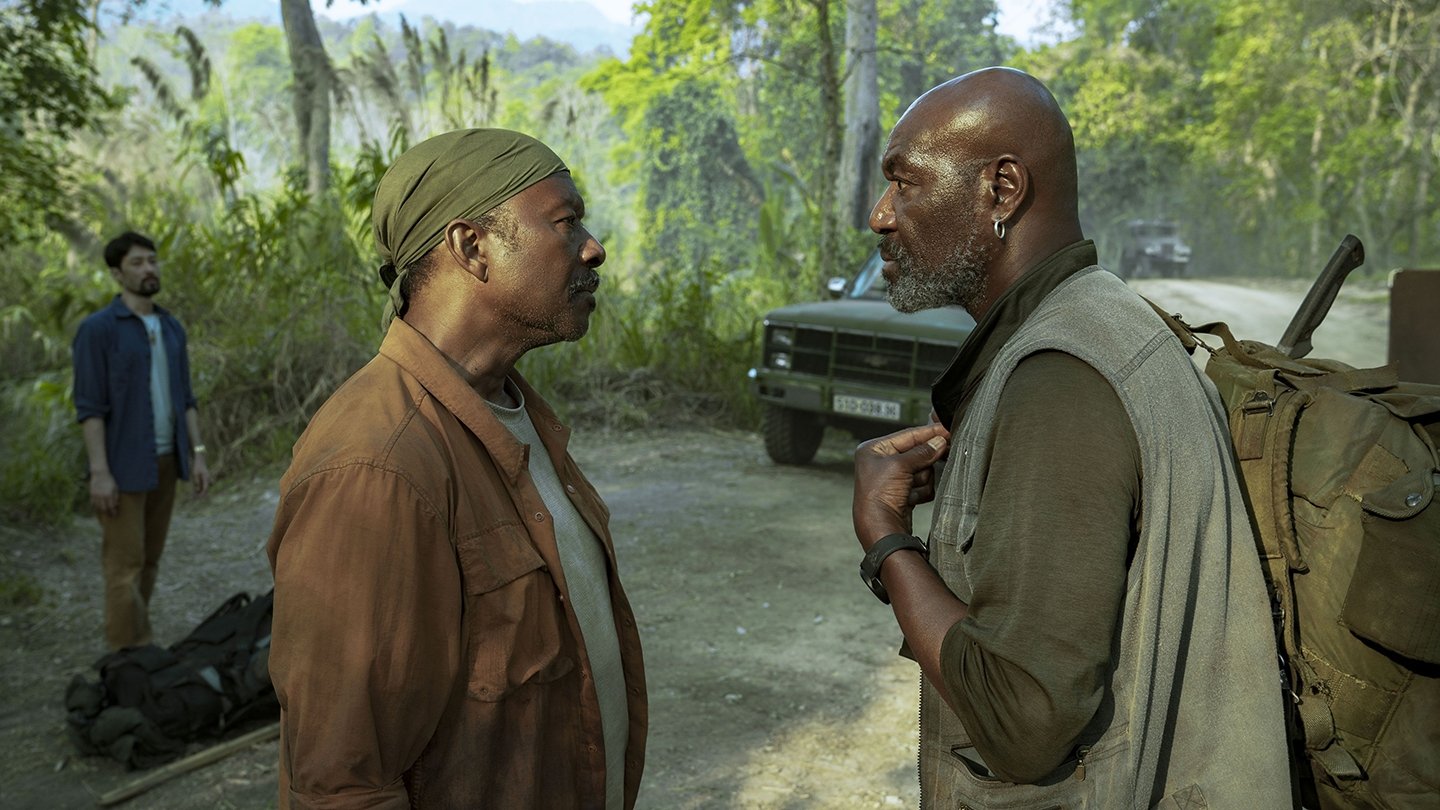
Da 5 Bloods opens with a montage of archival footage from the 1960s and ’70s spanning the United States’ 10-year presence in Southeast Asia, during which 2.2 million American men were drafted to intervene in the conflict between North and South Vietnam, and black soldiers represented more than a quarter of draftees. Many films have been made about the Vietnam War since its resolution in 1975, but until Da 5 Bloods, few were from the perspective of black American soldiers.
The story jumps forward half a century, where a quartet of veterans calling themselves the Bloods (played by Delroy Lindo, Clarke Peters, Norm Lewis and Isiah Whitlock, Jr.) return to Vietnam to dig up a cache of gold bars and the remains of their squad leader, Stormin’ Norman (Chadwick Boseman).
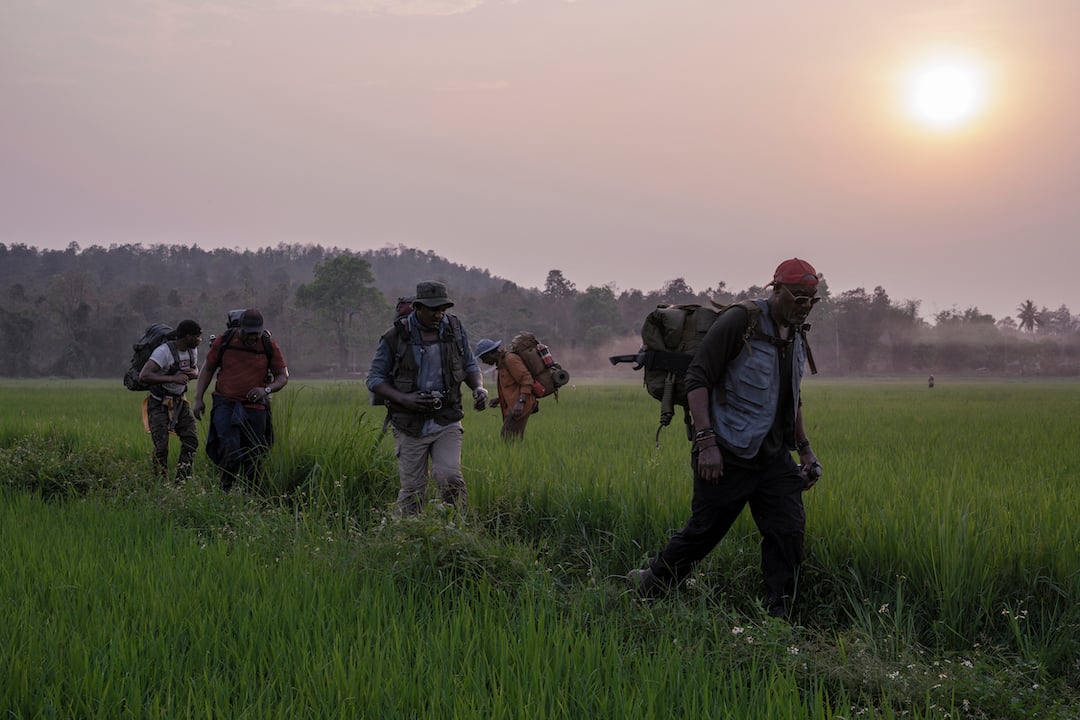
Sigel, who previously worked with Lee on a number of commercials, shot all the of the contemporary action in Ho Chi Minh City in the 2.40:1 aspect ratio with an Alexa LF and DNA lenses. All of the jungle sequences were shot in Thailand, either in the 1.85:1 aspect ratio with an Alexa Mini and Angenieux Optimo zooms for the present, or in 1.33:1 with an Arri 416 and Zeiss Super Speed T1.3 primes on 16mm Ektachrome 100D color reversal film 7285 for the flashbacks. A Canon 1014 XL-S Super 8 camera operated by actor Norm Lewis captured travelogue sequences on the same stock.
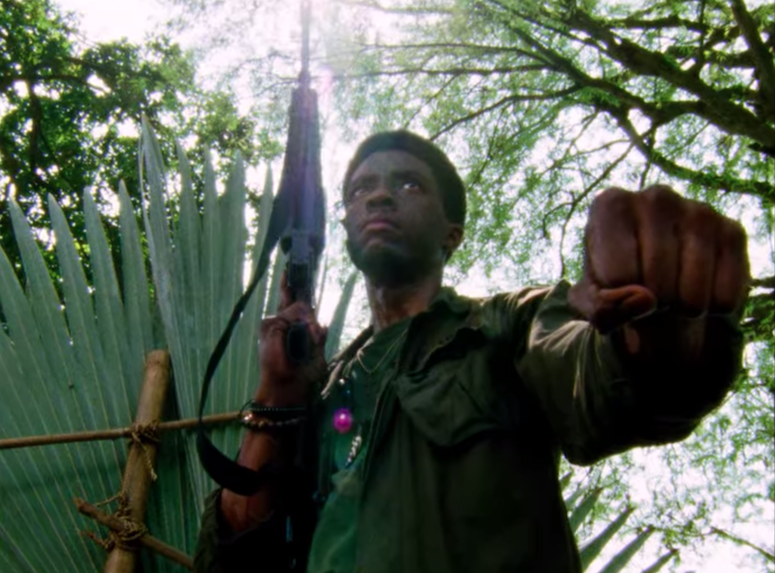
Sigel’s cameras and lenses were provided by Arri Rental London. Lighting and grip were sourced through VS Service in Thailand, whose founder, Chesda “Pop” Smithsuth, served as gaffer, and his son, Pithai Smithsuth, as second-unit cinematographer.
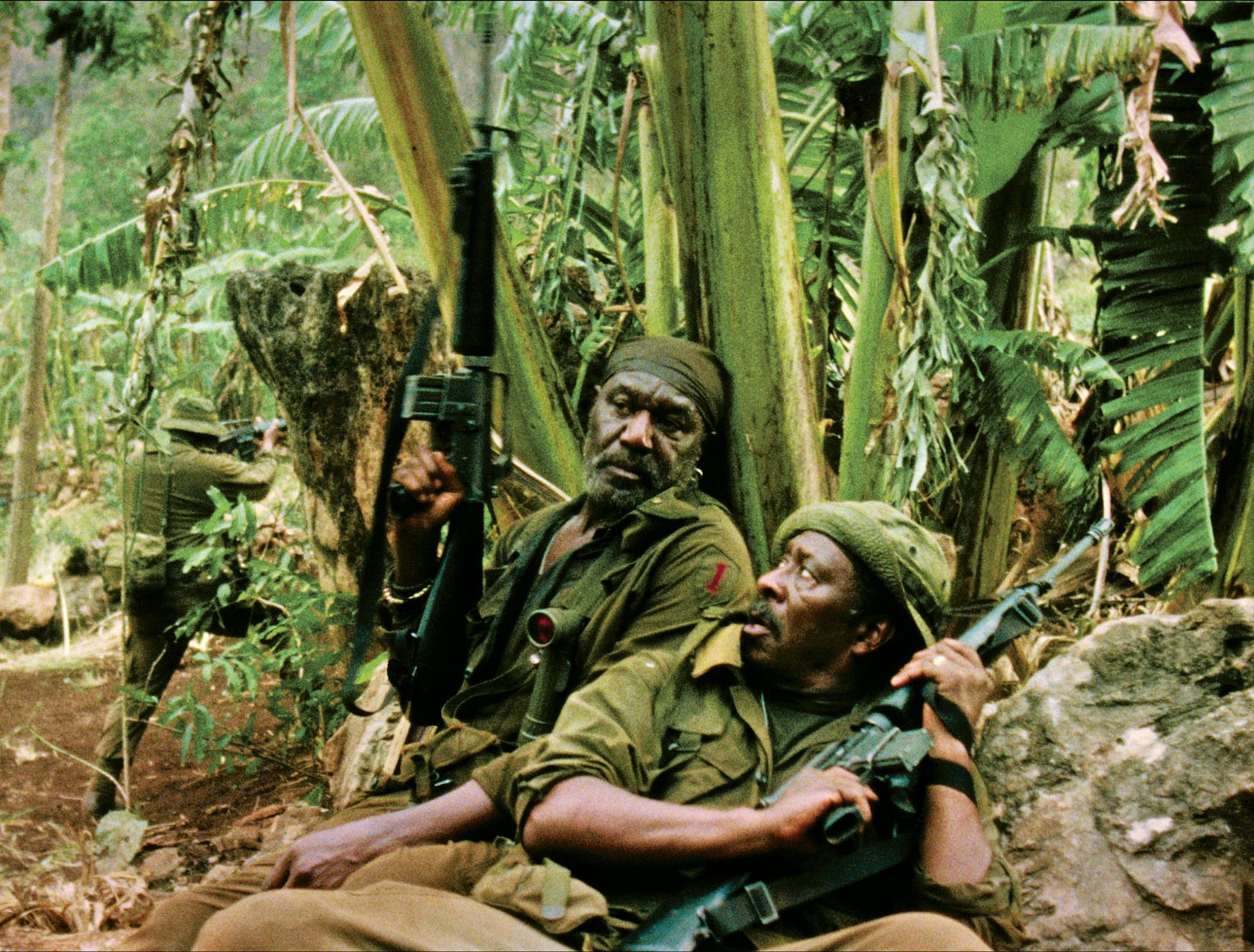
Back in Los Angeles, Spectra Film and Video developed the 16mm footage and Pro8mm developed the Super 8 footage, which were then scanned at 4K by Company 3, where colorist Stephen Nakamura performed the final grade.
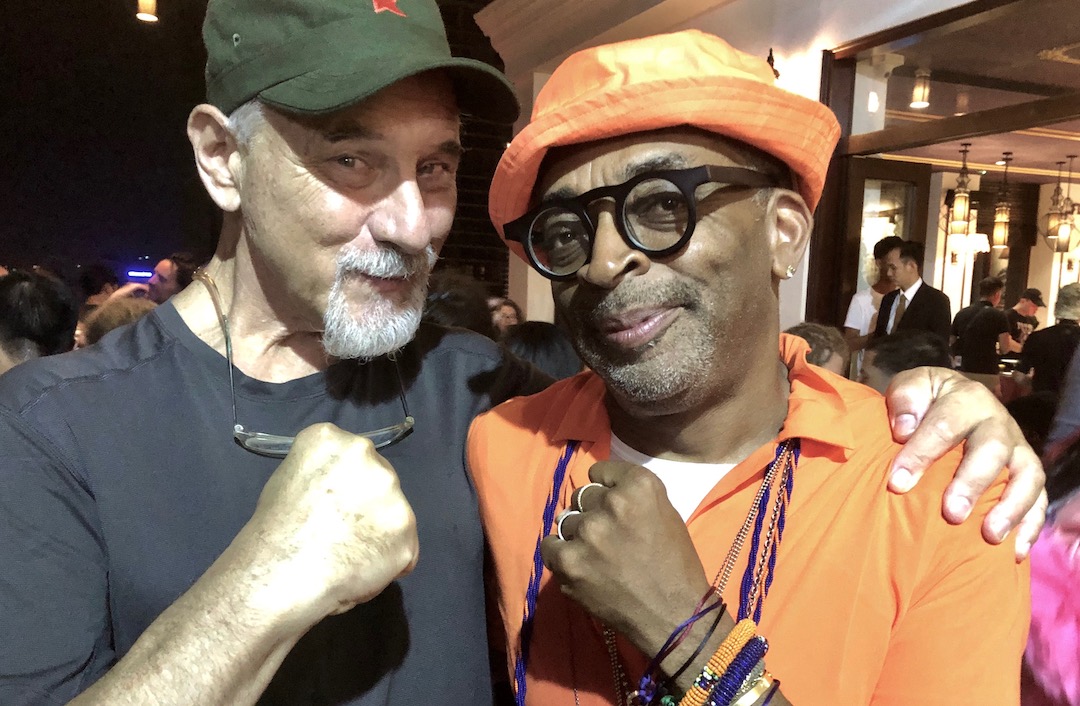
Newton Thomas Sigel, ASC (above, with Lee in a shot courtesy of the cinematographer) began his career as a painter and experimental filmmaker while studying at the Whitney Museum of American Art in New York City. He transitioned to documentaries while covering the Central American wars of the 1980s, which included working on the Academy Award-winning Witness to War: Dr. Charlie Clements and When the Mountains Tremble. Catching the eye of legendary filmmaker Haskell Wexler, ASC, he got his first narrative opportunity on Latino, which led to second-unit work with Oliver Stone and Robert Richardson, ASC on Platoon and Wall Street.
Sigel earned a strong reputation amongst visual storytellers for his work on the crime classic The Usual Suspects. His use of exotic film stocks and innovative negative processing methods on Three Kings laid the foundation to new avenues of cinematography. In 2010, he photographed Nicolas Winding Refn’s Hollywood debut, Drive.
His other feature credits include Blood & Wine, Fallen, Confessions of a Dangerous Mind, Leatherheads, The Brothers Grimm, Towelhead and Marshall (also starring Chadwick Boseman, as the United States’ first black Supreme Court Justice). He also collaborated with Yuen Wo-Ping, the grandmaster of martial-arts cinema, on Crouching Tiger, Hidden Dragon: Sword of Destiny; with Robert Redford on The Conspirator; and with Halle Berry on Frankie and Alice.
Sigel most recently spoke to American Cinematographer about his work in the Queen biopic Bohemian Rhapsody.
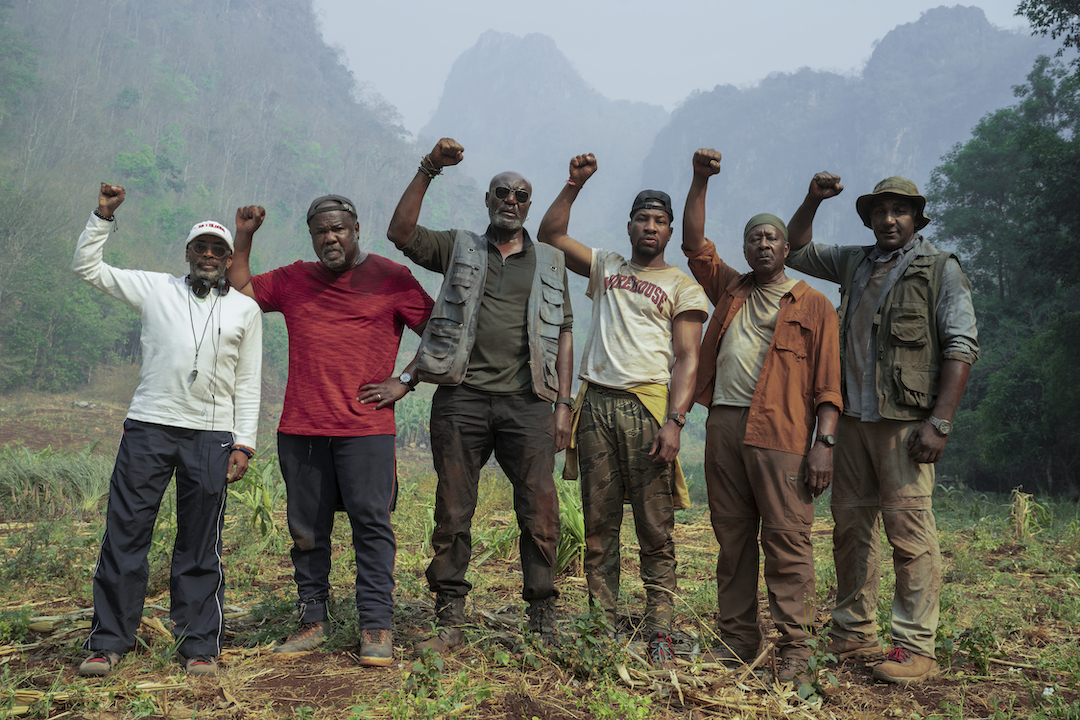
Straight out of NYU Tisch School of the Arts film school, Spike Lee (above, on far left, with his 5 Bloods stars Isiah Whitlock Jr., Delroy Lindo, Jonathan Majors, Clarke Peters and Norm Lewis) gained attention with his feature debut, She’s Gotta Have It (1986), shot by future ASC member Ernest R. Dickerson.
The duo's creative collaboration continued with the features School Daze, Do the Right Thing, Mo' Better Blues, Jungle Fever and Malcolm X.
Lee went on to work on narrative features with cinematographers including Arthur Jafa (Crooklyn), Malik Sayeed (Clockers, Girl 6, He Got Game), Elliot Davis (Get on the Bus), Ellen Kuras, ASC (Summer of Sam, Bamboozled), Rodrigo Prieto, ASC, AMC (25th Hour), Matthew Libatique, ASC (She Hate Me, Inside Man, Miracle at St. Anna, Chi-Raq), Kerwin DeVonish (Red Hook Summer), Sean Bobbitt, BSC (Oldboy), Daniel Patterson (Da Sweet Blood of Jesus) and Chayse Irvin, ASC, CSC (Pass Over, Blakkklansman).
Lee earned his first Academy Award — for Best Adapted Screenplay — in 2019 for his true-life period tale Blakkklansman. He was previously honored by the Academy in 2016 with an honorary Oscar for his body of work.
Growing up in Armagh, Northern Ireland, at the height of The Troubles led interviewer Seamus McGarvey to embrace photography at a young age. He studied film and photography at The Polytechnic of Central London (since renamed the University of Westminster). Among other honors, he is a two-time ASC and Academy Award nominee, for his work in Atonement and Anna Karenina. His other feature credits include The Hours, The Avengers, Godzilla, The Accountant, Nocturnal Animals, Fifty Shades of Grey, We Need to Talk About Kevin, The Greatest Showman and Bad Times at the El Royale.
Unit photography by David Lee, courtesy of Netflix

You’ll find more episodes in this series here.
Learn more about our new season here.

